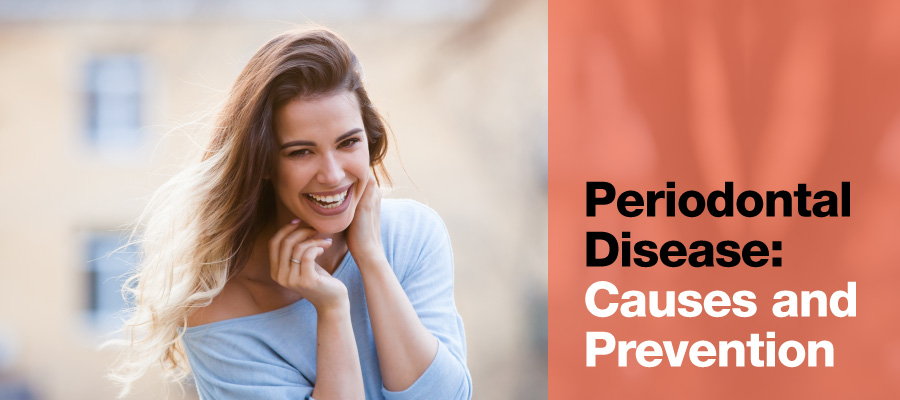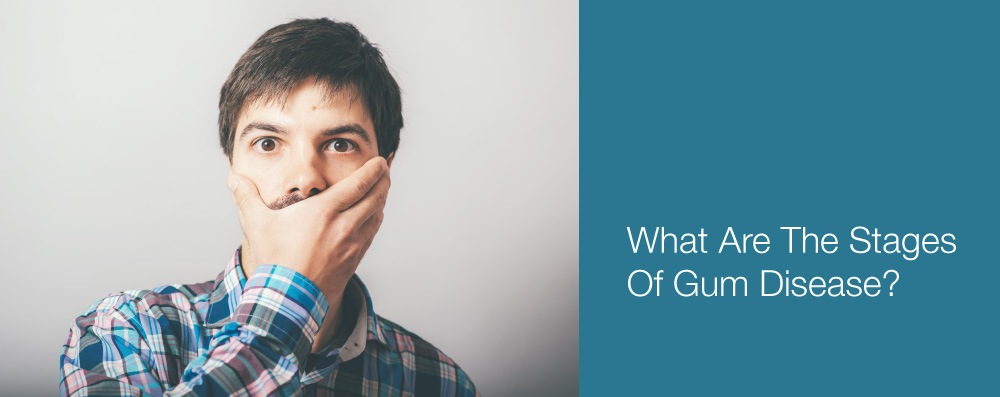The COVID-19 pandemic has changed a lot of things about our daily lives. Your regular visits to the dentist have changed, too. The American Dental Association has developed science-based guidance to our dentists on extra steps we take, in addition to the infection control procedures we’ve always followed, to help protect our patients and staff. Here’s what you can expect at your next appointment at Light Dental Studios.
Before Your Appointment
To help make sure that you are healthy when visiting our office, we may call you before your appointment and ask you some questions about your current health. We may also repeat these questions when you arrive to make sure nothing has changed.Your dentist’s office staff may also ask that you limit the number of people you bring to the appointment. That could mean leaving your children at home or allowing older children to go into the office alone while their parent waits outside during their appointment.
At Your Appointment
Please be sure to wear a face mask to your appointment. When you arrive at our dental office, you may be asked to wait outside until we’re fully ready for you. This will reduce the number of people in the office and reduce the amount of time you’re close to other people. When you enter the office, you may have your temperature taken.Inside the office, you may notice things people often touch in the waiting room – like toys or magazines – have been removed. We will have hand sanitizer available for you to use and may wipe down items you touch, such as pens, clipboards or furniture.
When you’re in the dental chair, you may notice some things look different from the last time you were there. Our dentist may have covered the computer’s keyboard with a disposable cover so it can be easily cleaned between patients, for example. Your dentist may also be using different protective equipment than they’ve used at previous appointments. This could include:
- KN95 Masks
- Face Shields
- Aerosol Reducing Suction
- Limiting Reception Room Occupancy
- Screening Protocol for Patients & Staff
- Infrared Thermometers
- Acrylic Sneeze Guards
- Bacterial & Virus Neutralizing
- Disinfection Agents
- Additional Disinfection Measures
- 5:11 PM
- 1 Comments






